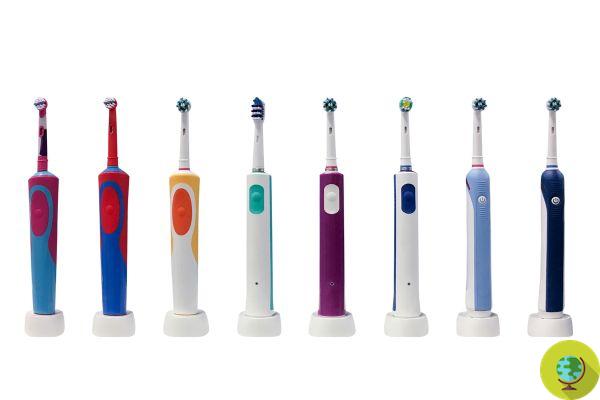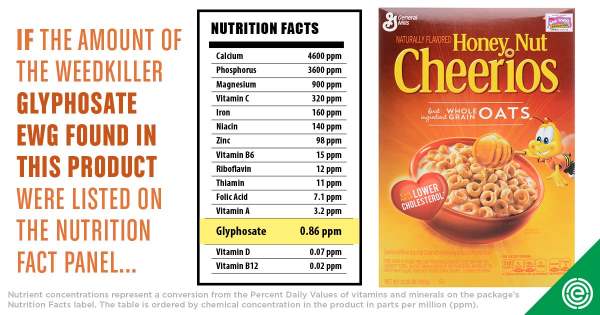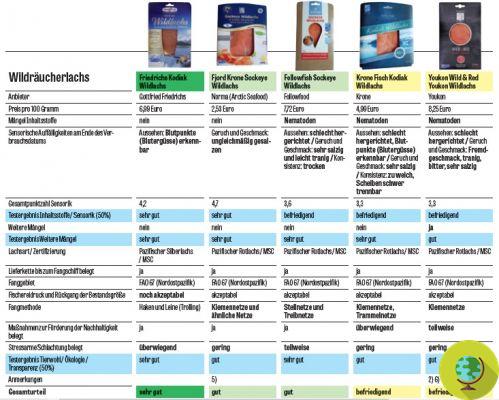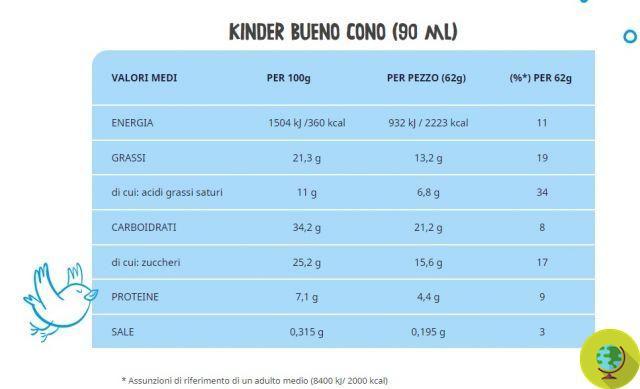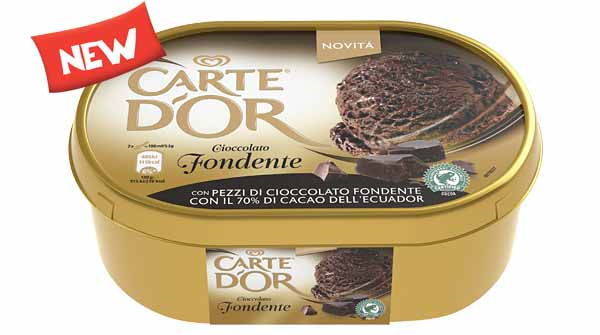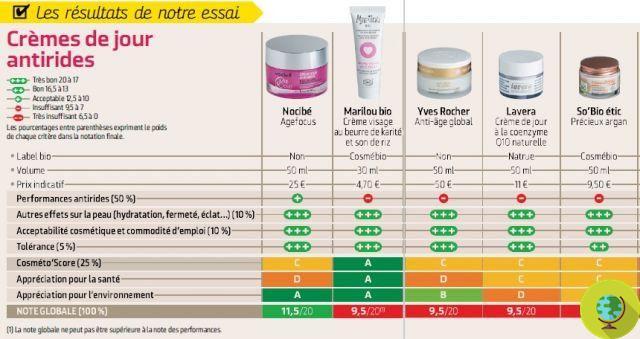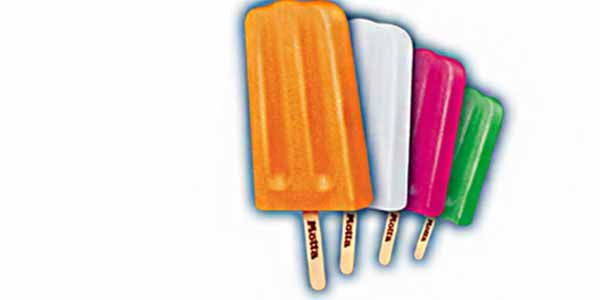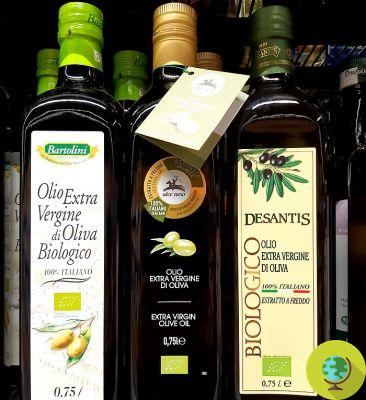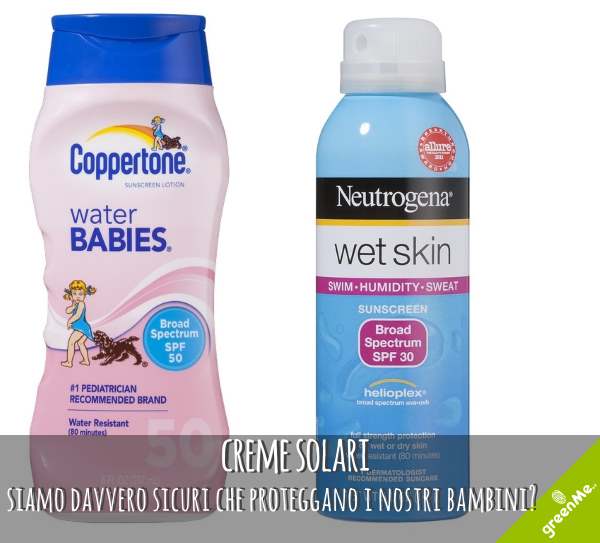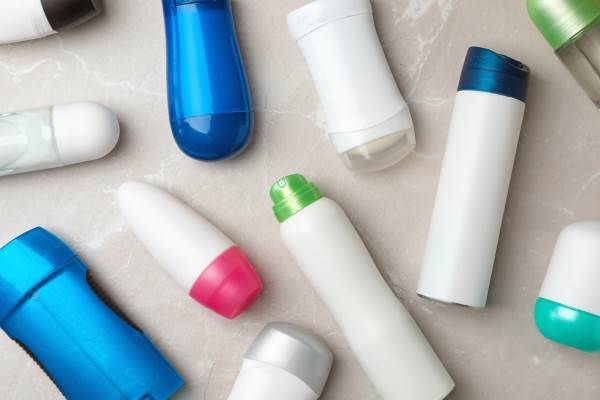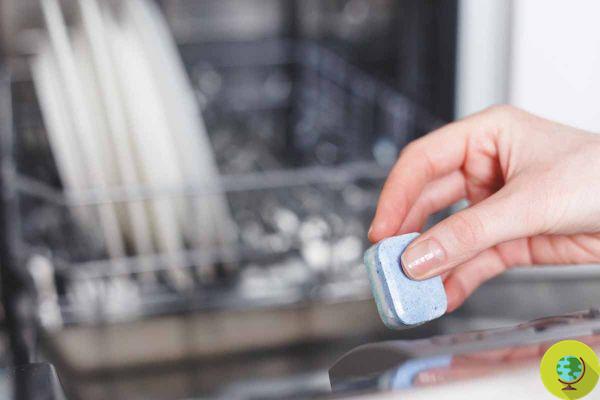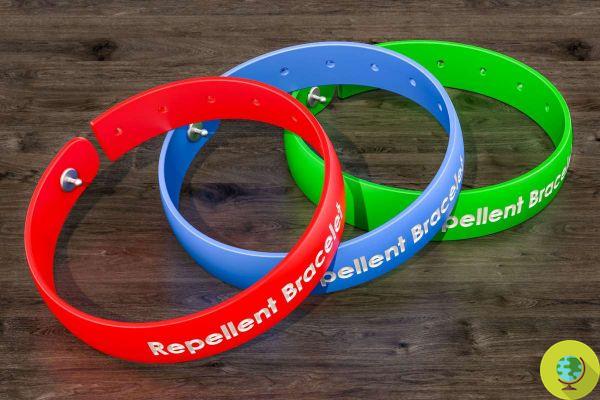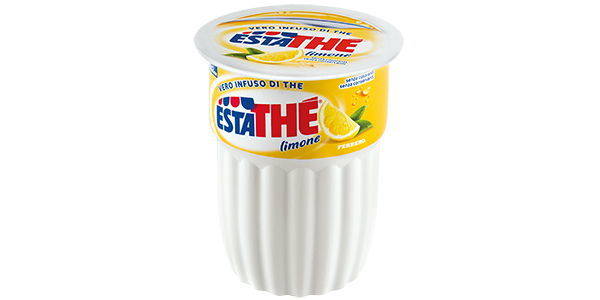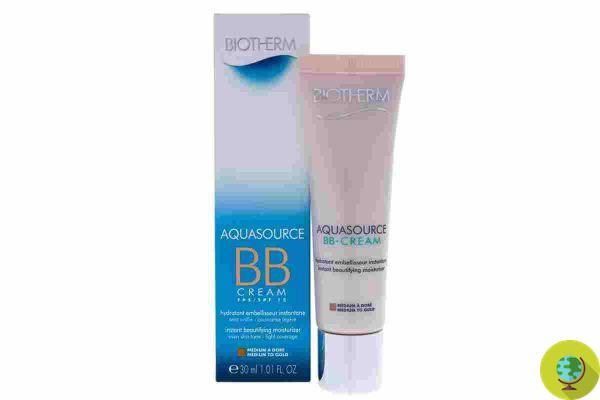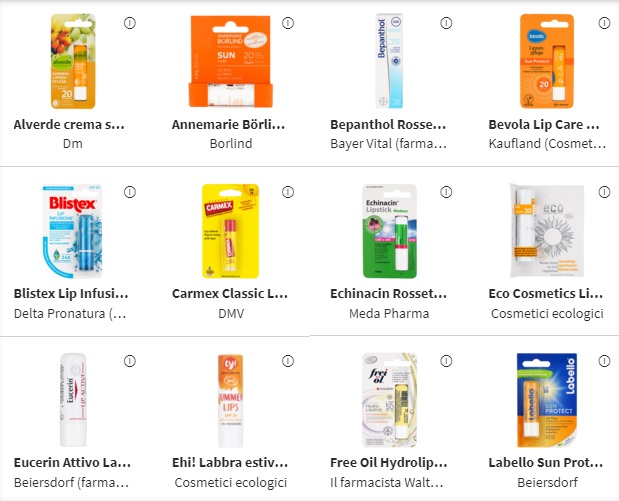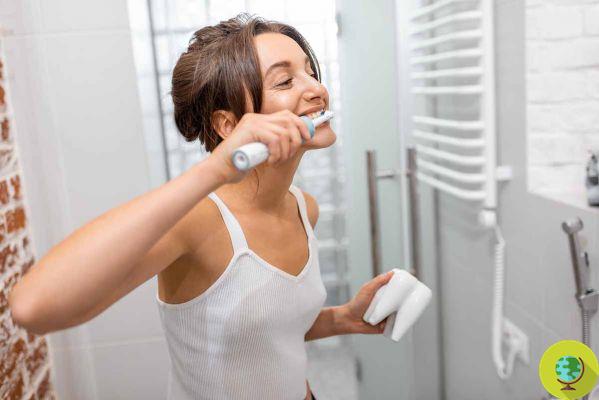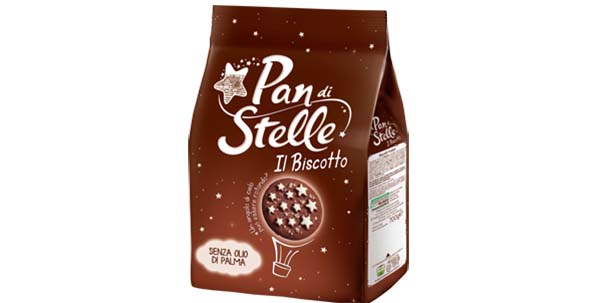Shampoos for colored hair are often filled with surfactants and silicones. Among the best Lavera among the worst Pantene
Don't store avocado like this: it's dangerousShampoos for colored hair should ensure that the new color is enhanced and lasts a long time. But is it really so? And what do these products contain in their composition? To find out, Öko-Test compared 20 of them.
Those who dye their hair are often advised to wash them with a specific shampoo, so that the synthetic colored pigments last as long as possible. These are products that promise to delay color loss and even repair damage caused by coloring.
But, a bit like traditional shampoos, there is a risk that their formulation contains controversial and potentially harmful substances for the skin and the environment.
The German magazine Öko-Test wanted to understand if these products really work and analyzed and compared their formulation in search of some ingredients.
The results
Only 3 shampoos are recommended as "very good" by the magazine's experts. The products rejected by the test are instead 5.
The substances found in the formulations and which have penalized some shampoos are the following:
- PEG compounds (surfactants)
- questionable fragrances
- silicones
- ethylhexyl methoxycinnamate UV filter
Öko-Test experts claim that some manufacturers rely on surfactants which are not good for the scalp. These substances are responsible for the cleansing effect of a shampoo and, as a general rule, the gentler they are the more pleasant they are on the scalp and the less color it washes off.
On the other hand, the test shows that most shampoos for colored hair use the anionic surfactant Sodium Laureth Sulfate (SLES). SLES is one of the PEG compounds criticized because they can make the skin more permeable to foreign substances.
Some shampoos contain then silicones controversial. These substances cover the hair with a thin film and make it smoother but, used in the long term, can damage it and even make our hair look duller. Furthermore, like other synthetic polymers, they can enter the environment via wastewater and are difficult to degrade.
The presence of synthetic fragrances that provide fragrances to the products: first of all the artificial musk used in some shampoos. These synthetic fragrances spread everywhere in the environment, accumulate in human adipose tissue and can also be found in breast milk.
Also found a questionable UV filter. This is theetilesil metossicinnamato which is used in some compositions to ensure that freshly dyed hair is not faded by the sun. This substance can potentially affect the endocrine system.
But that is not all. In the face of these less than flawless compositions, Öko-Test says there isn't much evidence that these shampoos actually work. The promises of the manufacturers, in fact, are not supported by efficacy tests conducted by independent laboratories.
Only in one case did the manufacturer provide the magazine with a study as proof of its advertising promises, all other brands were silent.
The best and worst shampoos
Considering all the parameters, a sort of ranking of shampoos for colored hair has been drawn up. Among the best we find the branded one Will wash.
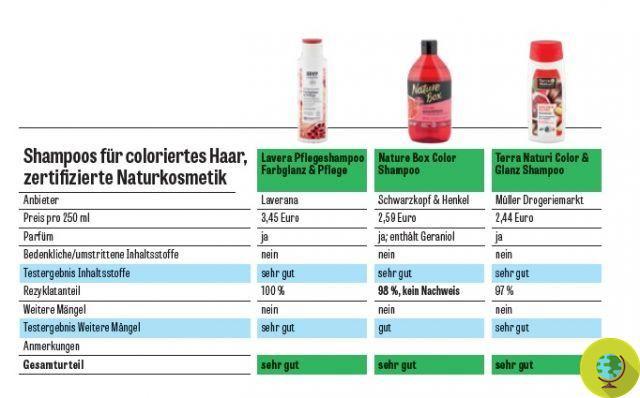
@ Öko-Test
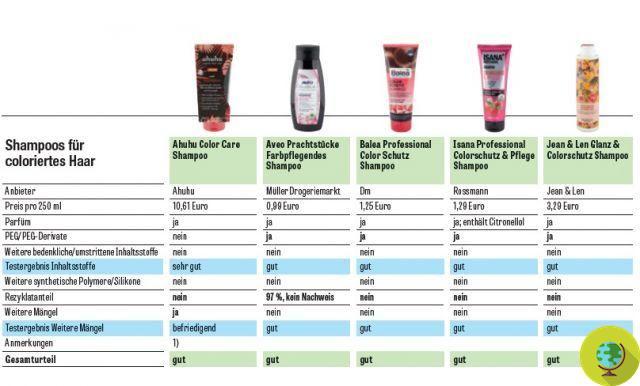
@ Öko-Test
While among the worst the shampoo Pantene. Judged "inadequate" also the product L'Oreal. Instead, Nivea Color and Fructis tear a sufficiency.
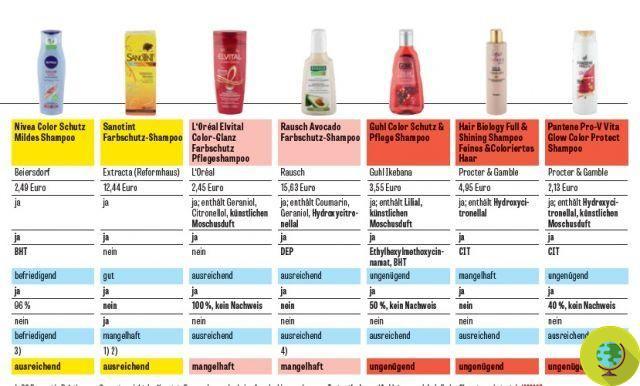
@ Öko-Test
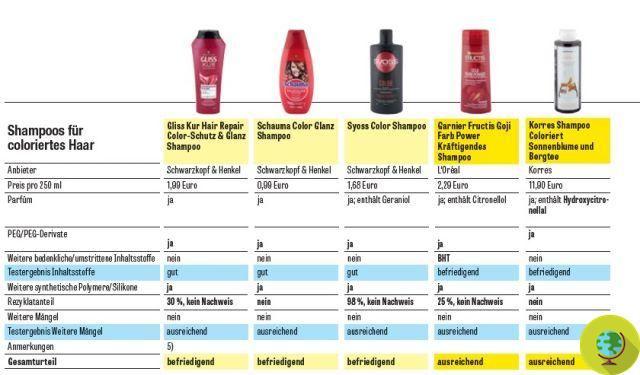
@ Öko-Test
- Follow your Telegram | Instagram | Facebook | TikTok | Youtube
Fonte: Eco-Test
Read also:
- At Garnier and Head & Shoulders, the shampoos are too full of irritants and allergens. The test
- What's in your dandruff shampoo? The test discovers skin irritants. Among the worst Head & Shoulders
- 'Silicone-free' shampoo: not all are the same! Here's what they really contain. The best and the worst




